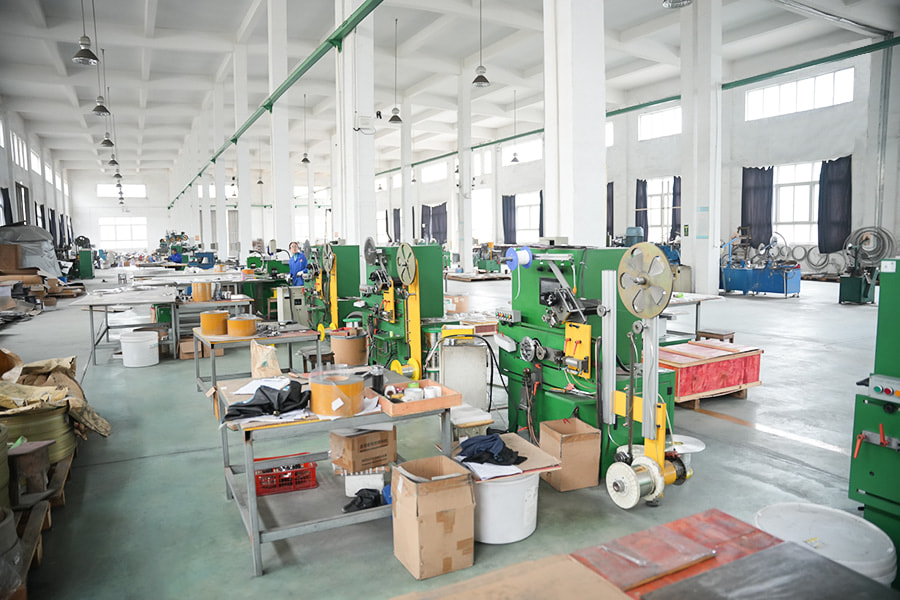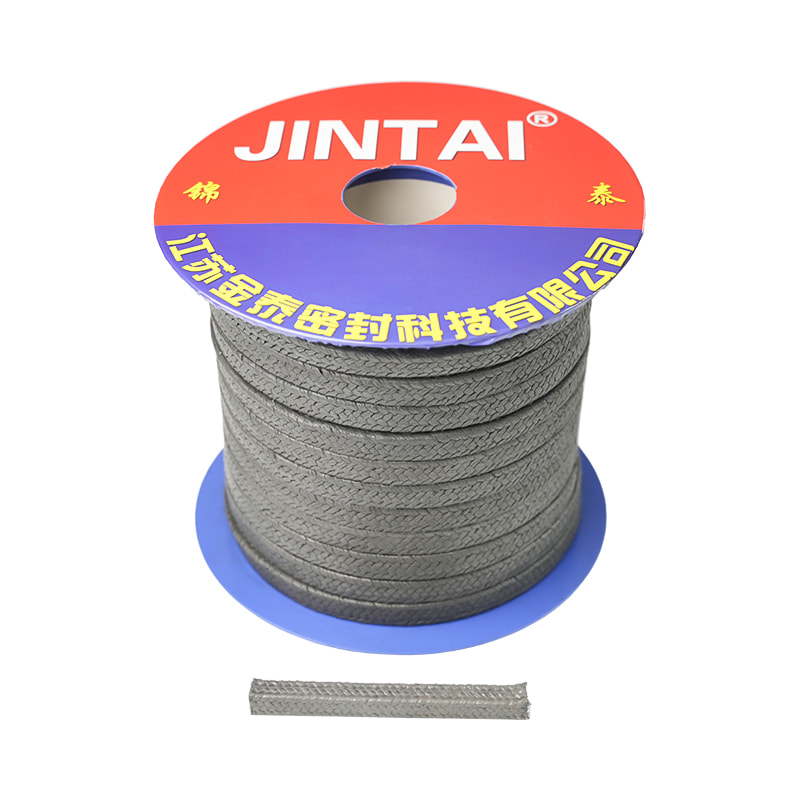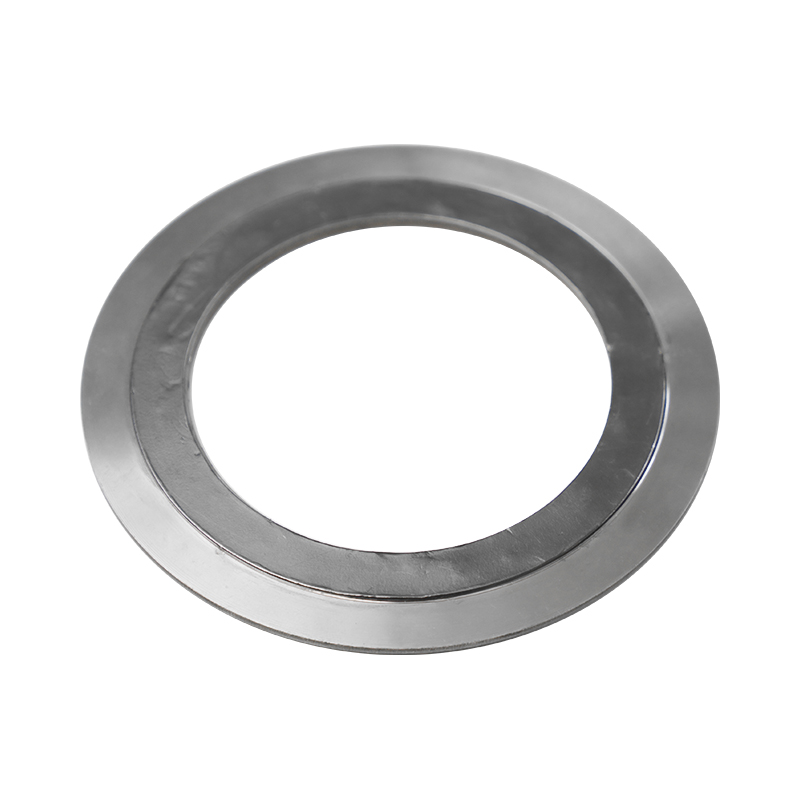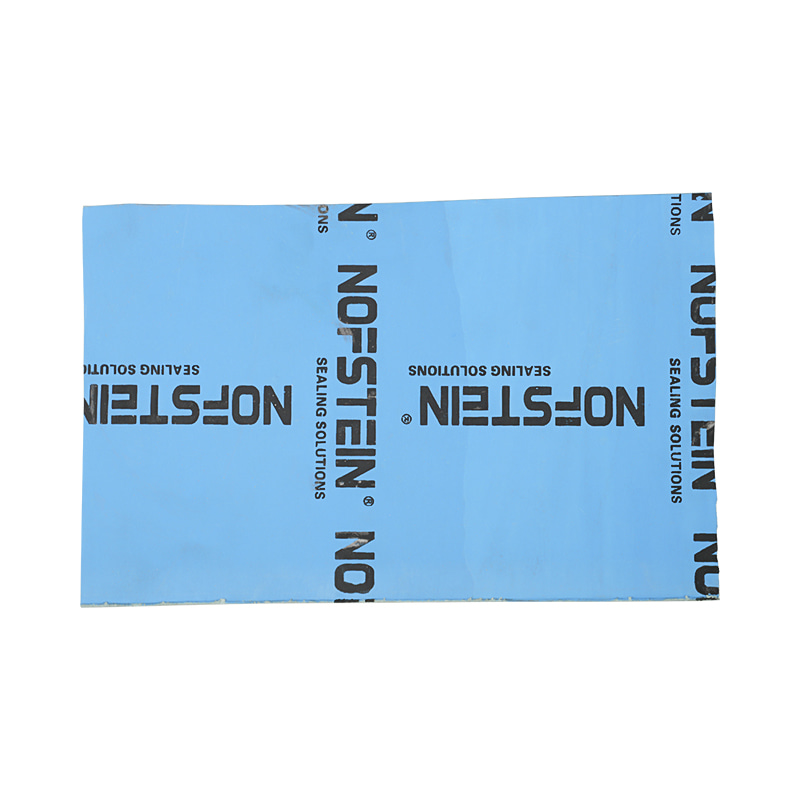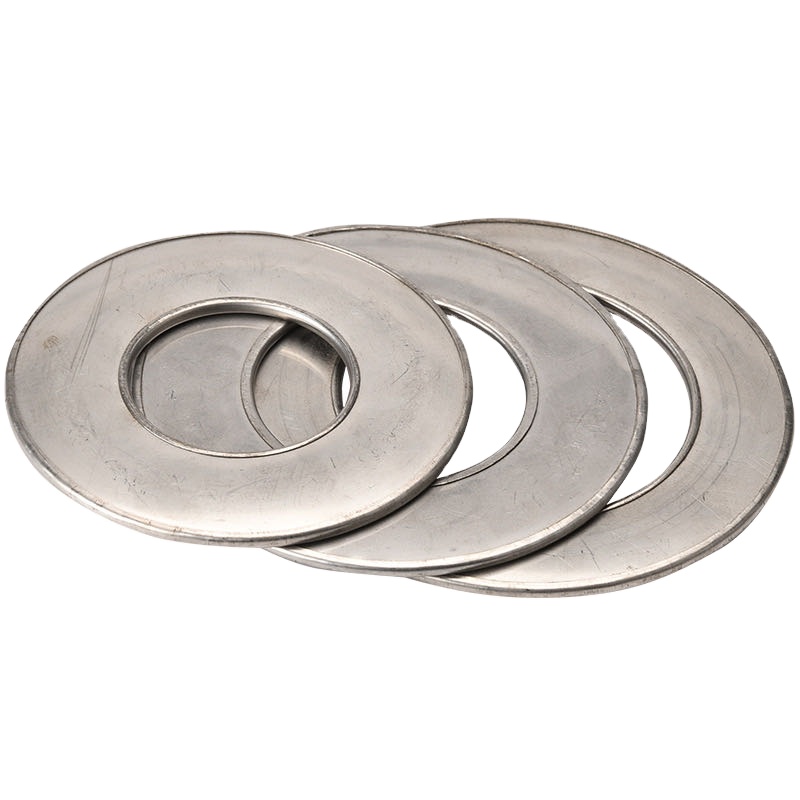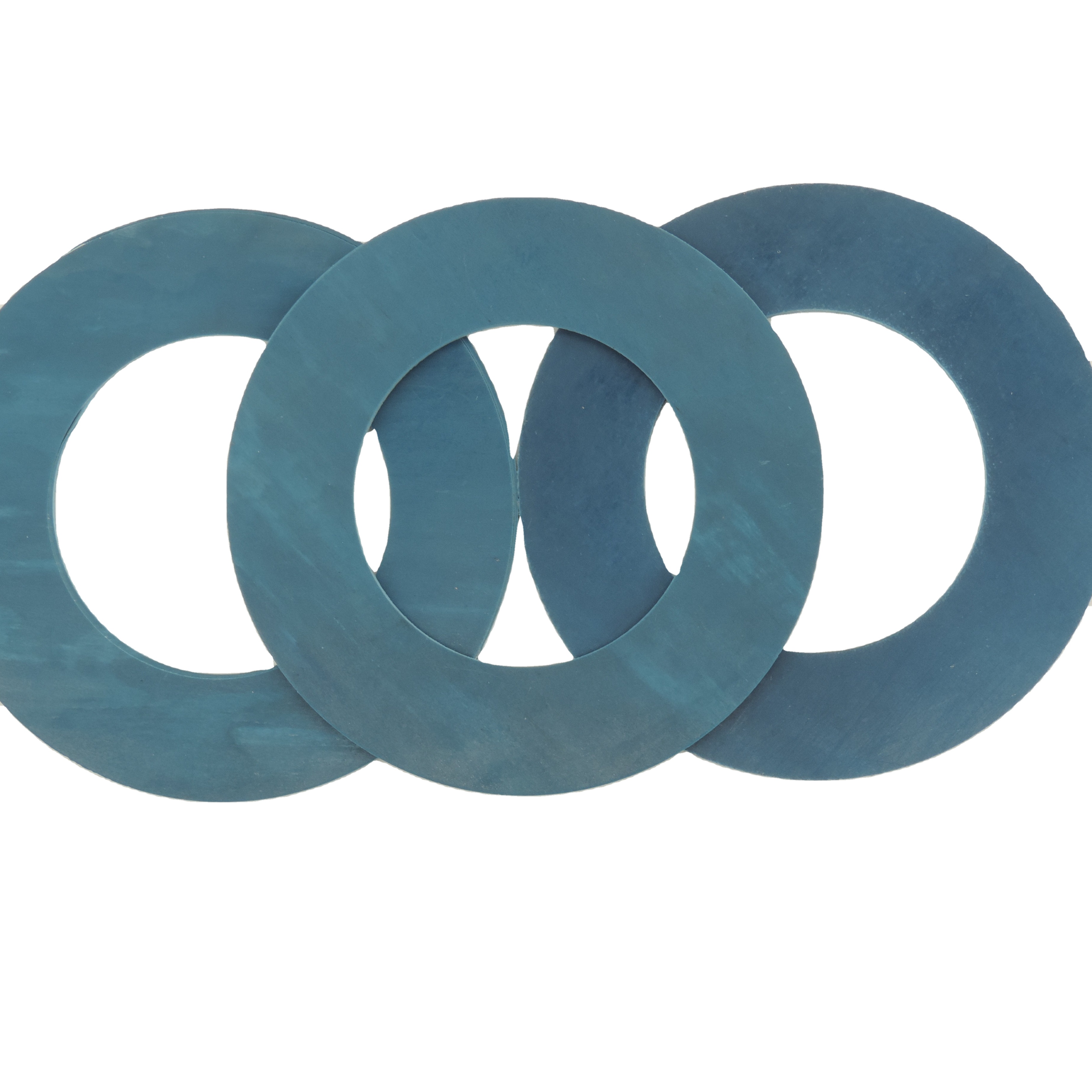High Temperature Gasket Sheet Selection Guide: Which Materials Are Suitable for 500 °C and Above?
 2025.11.12
2025.11.12
 Industry News
Industry News
- 1 1. Introduction
- 2 2. Understanding the requirements of extreme‑temperature gasket applications
- 3 3. Common gasket sheet materials and their suitability for >500 °C
- 4 4. How to select a high temperature gasket sheet for your application (step‑by‑step)
- 4.1 4.1 Define the service conditions (temp, pressure, medium)
- 4.2 4.2 Match material capabilities (for example using a high temperature gasket sheet for 500 °C applications)
- 4.3 4.3 Check flange and bolt load conditions
- 4.4 4.4 Consider long‑term performance and maintenance
- 4.5 4.5 Example decision flow‑chart / table for how to choose high temperature gasket sheet for 500 °C plus service
- 5 5. Case study / real‑world application from our company background
- 6 6. Maintenance, installation and long‑term service tips
- 7 7. FAQ
- 8 8. Conclusion
1. Introduction
1.1 Why choosing the right high temperature gasket sheet matters
When dealing with extreme service conditions, selecting the correct high temperature gasket sheet becomes critical. Inadequate choices can lead to leaks, downtime, or component failure. For applications where the temperature is 500 °C or higher, the material must resist not only heat but also oxidation, creep, and chemical attack.
1.2 Overview: what we mean by "500 °C and above" service
In this guide we consider "above 500 °C" to mean continuous or cyclic operation at or beyond this threshold. Many standard gasket sheets cannot reliably operate in that range, so we focus on solutions for elevated‑temperature applications such as exhaust systems, boiler flanges, turbines and other high‑heat equipment.
7900/7925/7950 Blue Compressed Aramid Fiber/Nitrile Binder Flange Gasket
2. Understanding the requirements of extreme‑temperature gasket applications
2.1 Temperature, pressure and chemical environment
- Temperature: continuous vs spike conditions, potential for oxidation above ~500 °C.
- Pressure: higher pressure means gasket faces must maintain seal under load and creep stress.
- Chemical medium: steam, combustion gases, aggressive acids/bases may accompany high temperature.
2.2 Flange design, bolt loading and gasket compression considerations
- Proper flange alignment and surface finish are essential to exploit material capabilities.
- Bolt load must generate sufficient gasket seating stress without damaging the sheet.
- At high temperature the gasket may relax or creep; flange design must allow for this.
2.3 Durability, oxidation resistance and creep behaviour at high temperatures
- Some materials degrade when oxidised above ~600 °C unless special treatments are used.
- Creep relaxation reduces sealing stress over time – selecting a sheet with low creep is essential.
- Long‑term service demands selecting not just "temperature‑rated" but also chemically stable materials.
3. Common gasket sheet materials and their suitability for >500 °C
3.1 Flexible graphite based sheets
Flexible graphite sheets are often the first choice for elevated‑temperature sealing. They can operate up to around 400‑450 °C in oxidising environments, and with special inhibitors up to ~500 °C or more.
3.2 Mica / phyllosilicate based sheets
When service temperatures approach or exceed 500 °C, mica or phyllosilicate materials become viable. Some sheets are rated up to ~1,200 °C under specific conditions.
3.3 Metal‑reinforced high temperature gasket sheets (semi‑metal, metal jacketed etc.)
For extreme conditions combining high temperature, pressure and aggressive media, semi‑metal or metal‑reinforced sheets provide structural support while using high‑temperature fillers. They are ideal when a simple flexible sheet cannot suffice.
3.4 Comparison table: material vs max temperature vs key features
To compare quickly the options:
| Material Type | Approx Max Continuous Temp* | Key Advantages | Limitations |
| Flexible Graphite Sheet | ~450‑500 °C (in oxidising) / up to ~1000 °C in inert environment | Good flexibility, proven in many sealing applications | Oxidises at high temperatures unless protected; less structural support |
| Mica / Phyllosilicate Sheet | ~800‑1200 °C | Excellent high‑temperature resistance, oxidation stable | Less flexible, higher cost, requires robust flange/bolt design |
| Semi‑metal / Metal‑reinforced Sheet | Depends on design, can exceed 500 °C comfortably | High structural strength, good for combined high temp/high pressure | Less forgiving to flange misalignment, may require precise installation |
*Continuous temperature ratings – spike or transient peaks may differ and require further margin.
4. How to select a high temperature gasket sheet for your application (step‑by‑step)
4.1 Define the service conditions (temp, pressure, medium)
- Identify the maximum continuous temperature as well as any transient peaks.
- Determine the internal pressure, flange class and medium (steam, gas, acid, etc.).
- Record whether oxygen/oxidising environment is present (this affects material choice above ~600 °C).
4.2 Match material capabilities (for example using a high temperature gasket sheet for 500 °C applications)
Use the comparison table above to align your conditions with material limits. For instance, if your flange faces operate at 550 °C in a steam environment, then flexible graphite alone might be marginal; you might need mica or metal‑reinforced sheet.
4.3 Check flange and bolt load conditions
- Ensure that flange stiffness, bolt torque and gasket seating stress are appropriate for the selected gasket sheet.
- Mis‑matched flange design can negate even high‐temperature gasket capabilities.
4.4 Consider long‑term performance and maintenance
- Select for creep resistance, oxidation stability, chemical resistance and service life.
- If you are evaluating a **asbestos‑free high temperature gasket sheet above 500 °C**, ensure that the binder, fibres and reinforcement are all non‑asbestos and proven for the service.
4.5 Example decision flow‑chart / table for how to choose high temperature gasket sheet for 500 °C plus service
| Condition | Material Recommendation |
|
Flexible graphite sheet with oxidation inhibitor |
|
Mica / phyllosilicate sheet |
|
Semi‑metal or metal‑reinforced high temp gasket sheet |
5. Case study / real‑world application from our company background
5.1 Introduction of our company – Jiangsu Jintai Sealing Technology Co., Ltd. and brand context
Founded in 2004 and located in Taixing, Jiangsu Province, our company has built a solid reputation with years of manufacturing experience, comprehensive quality‑management systems and exporting to Eastern Europe, Southeast Asia and Africa. Under our high‑end sealing product brand, we focus on delivering high‑quality sealing solutions across shipping, power, iron & steel, chemical and machinery industries.
5.2 How we apply the selection process in a high temperature project above 500 °C
In a recent project for a power‑generation client, the flange service temperature was ~550 °C and the medium was super‑heated steam with some oxidising gases. Using the step‑by‑step process above, we selected a mica‑based sheet reinforced with stainless‑steel carrier, ensuring the gasket could sustain the high temperature and pressure without creeping or failing prematurely.
5.3 Key lessons and best practices
- Always specify temperature, pressure and medium clearly *up front*.
- High‑temperature gasket sheets are only as good as the flange design and installation.
- Maintenance and inspection matter: once installed, monitor for signs of creep, oxidation or relaxation.
6. Maintenance, installation and long‑term service tips
6.1 Installation best practices for high temperature gasket sheets
- Clean flange faces thoroughly; ensure flatness and parallelism.
- Use correct bolt torque, and re‑torque if required after thermal cycling.
- Apply proper gasket seating stress and avoid over‑compression which might damage high‑temp sheet material.
6.2 Monitoring and inspection during service
- Check for creep compression set, flange leakage, gasket relaxation.
- Inspect visually (if possible) or via monitoring for abnormal excursions in temperature or pressure.
6.3 Common failure modes and how to avoid them
- Oxidation of graphite sheet when used beyond its rated environment → choose mica‐based in oxidising atmosphere.
- Creep relaxation leading to leak paths → ensure adequate seating stress and robust flange design.
- Flange misalignment or uneven bolt load → ensure proper installation processes.
7. FAQ
- Q1: What maximum temperature can a typical high temperature gasket sheet handle?
A1: It depends on material. For example, flexible graphite may handle ~450‑500 °C in oxidising air; mica sheets may handle up to ~800‑1200 °C under proper conditions. - Q2: Can I use a rubber‐based sheet for 500 °C service?
A2: Generally no. Rubber/elastomeric sheets are typically rated well below 300‑400 °C. You need composite or inorganic high‑temp sheet. - Q3: What does "asbestos‑free high temperature gasket sheet above 500 °C" mean?
A3: It means the sheet uses modern fibre or inorganic fillers (mica, phyllosilicate, graphite etc.) without asbestos, and is rated for continuous service above 500 °C. Always confirm data sheets and certification. - Q4: Is flange preparation important when using high temperature gasket sheets?
A4: Yes — even the best sheet will leak if the flange faces are poor, bolts are not properly torqued, or seating stress is insufficient. - Q5: How often should I inspect a gasket installed for 500 °C plus service?
A5: It depends on application, but regular inspection after initial thermal cycles, and periodic checks for creep or compression set are recommended. If abnormal events occur (over‑temperature, pressure spikes) an immediate check is warranted.
8. Conclusion
Selecting the right high temperature gasket sheet (and especially the right variant when you need a high temperature gasket sheet material selection guide 500°C) is a multi‑factor process involving temperature, pressure, medium, flange design and installation. By systematically following the steps above and choosing the correct material (for example an asbestos‑free high temperature gasket sheet above 500°C or a sheet tailored for extreme service) you can ensure reliable sealing performance and long equipment life. As an experienced manufacturer/exporter with comprehensive quality systems and global project involvement, we at Jiangsu Jintai Sealing Technology Co., Ltd. welcome opportunities to assist with your high‑temperature sealing challenges.

 Eng
Eng  русский
русский

